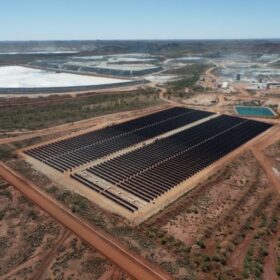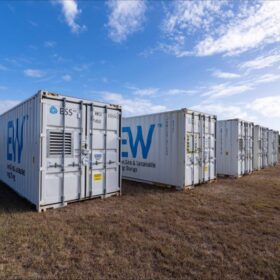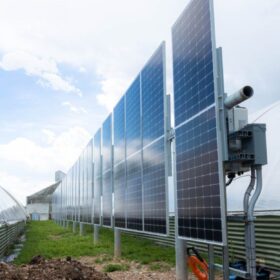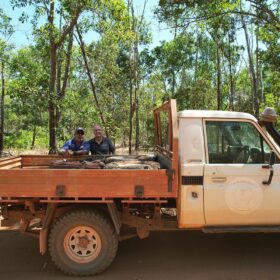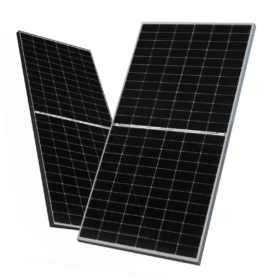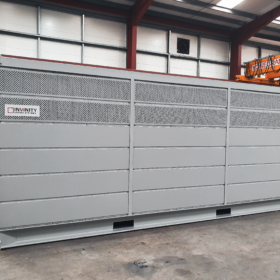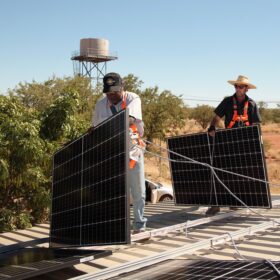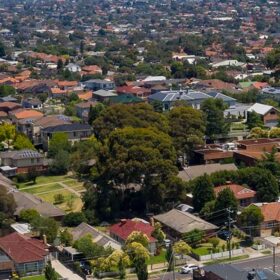Australian lithium miner gives go-ahead for on-site processing plant
Pilbara Minerals and Australian technology company Calix have received board approvals to build a ‘game changing’ processing plant to produce value-added lithium product at the miner’s flagship Pilgangoora project in Western Australia.
First commercial gravity-based energy storage tower begins commissioning
Energy Vault has begun commissioning a 25 MW / 100 MWh energy storage tower adjacent to a wind power facility outside of Shanghai.
State taps local companies to test out flow battery technology
Flow battery technology is under the microscope with the Queensland government committing $24 million (USD 15.83 million) to further evaluate and assess the capacity of the technology to support the next stage of the state’s battery capability and help meet its renewable energy targets.
Solar farm adds to King Island’s renewables solution
A permanent shift towards 100% renewable energy supply on Tasmania’s King Island is a step closer to realisation with the completion of a new 1.5 MW solar farm adding to the existing hybrid off-grid power system that services the island.
Lightweight solar panel provides solution for rooftop install
Queensland installer UV Solar has for the first time rolled out a new frameless solar panel that manufacturer GoodWe says is 60% lighter than conventional modules, making it ideal for rooftops that are unable to support traditional PV and racking.
Vertical bifacial solar seeking greenhouse albedo and deployment space
A farmer in the United States has installed vertical bifacial solar, leveraging greenhouse albedo to increase output. The installation demonstrates promising generation during winter months, while maximising limited land space.
Provaris plans 2.6 GW solar farm for NT green hydrogen project
Western Australian renewables company Provaris Energy has advanced its Tiwi H2 green hydrogen export project planned for the Tiwi Islands in the Northern Territory with the design feasibility report for the proposed solar farm and transmission system now complete.
TOPCon PV modules outperform PERC by more than 5% in energy yield tests
A study by TÜV Nord in Malaysia shows that the latest generation of tunnel oxide passivated contact (TOPCon) modules surpass their older rivals on energy yield. The researchers compared n-type TOPCon modules with older p-type PERC modules, both manufactured by JinkoSolar over a three-month period earlier this year. The newer product showed an energy yield 5.69% higher than its PERC counterpart.
Horizon sets sights on vanadium flow batteries to solve energy storage challenges
Horizon Power, Western Australia’s regional power provider, will deploy a 78 kW/220 kWh vanadium flow battery in the state’s north as it seeks to increase its understanding of how the Australian-born technology can be best utilised to support long periods of 100% renewable energy supply in regional and remote areas.
Redarc unveils 150 Ah lithium battery
The Alpha 150 battery, produced in the Netherlands by Adelaide-headquarted electronics manufacturer Redarc, has a lifespan of more than 5,000 cycles and a continuous discharge rating of 200 A.
